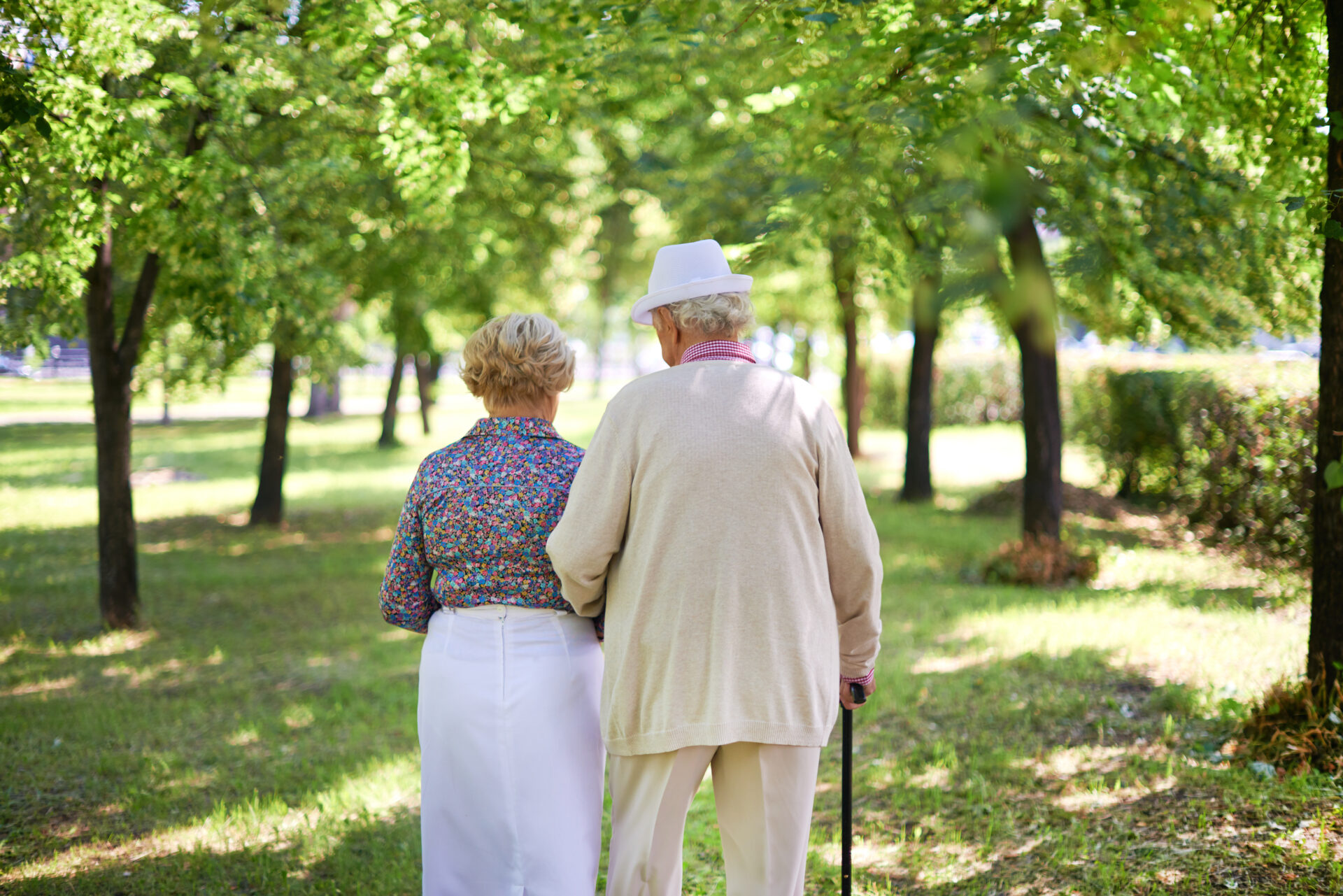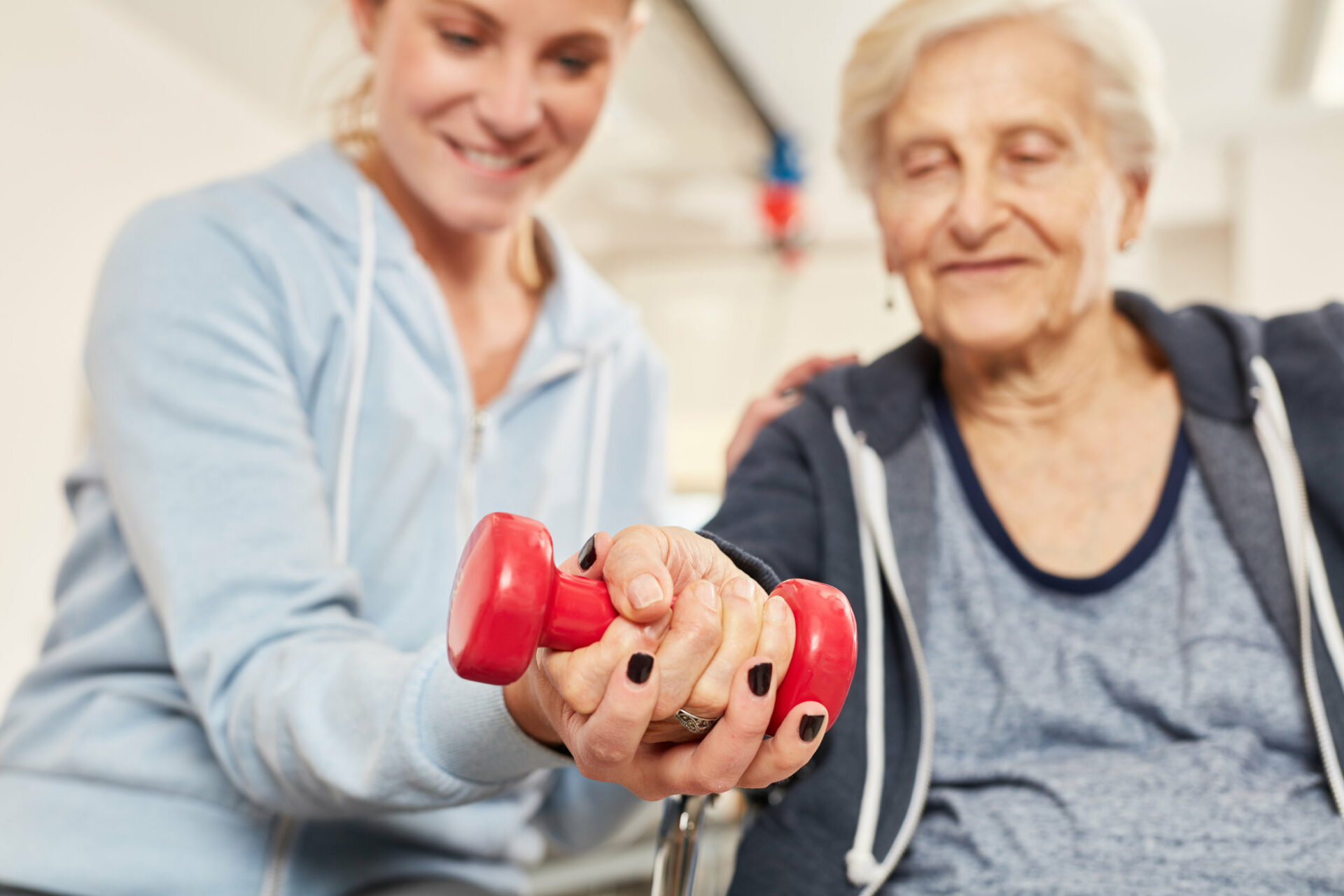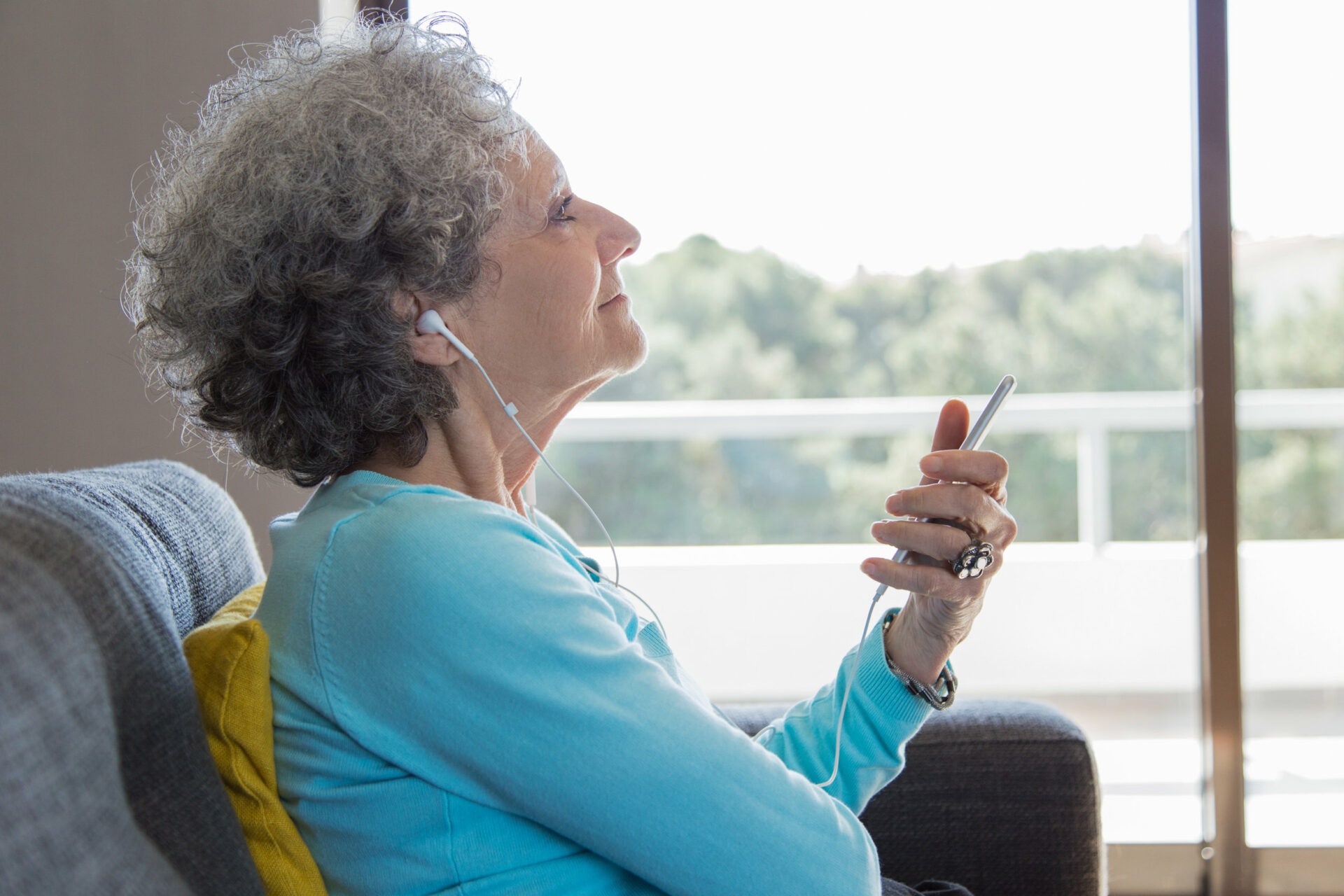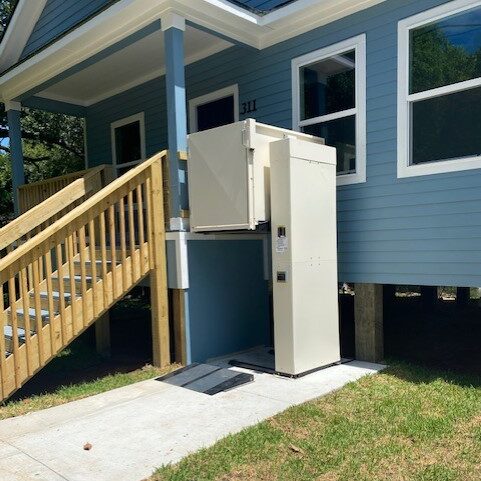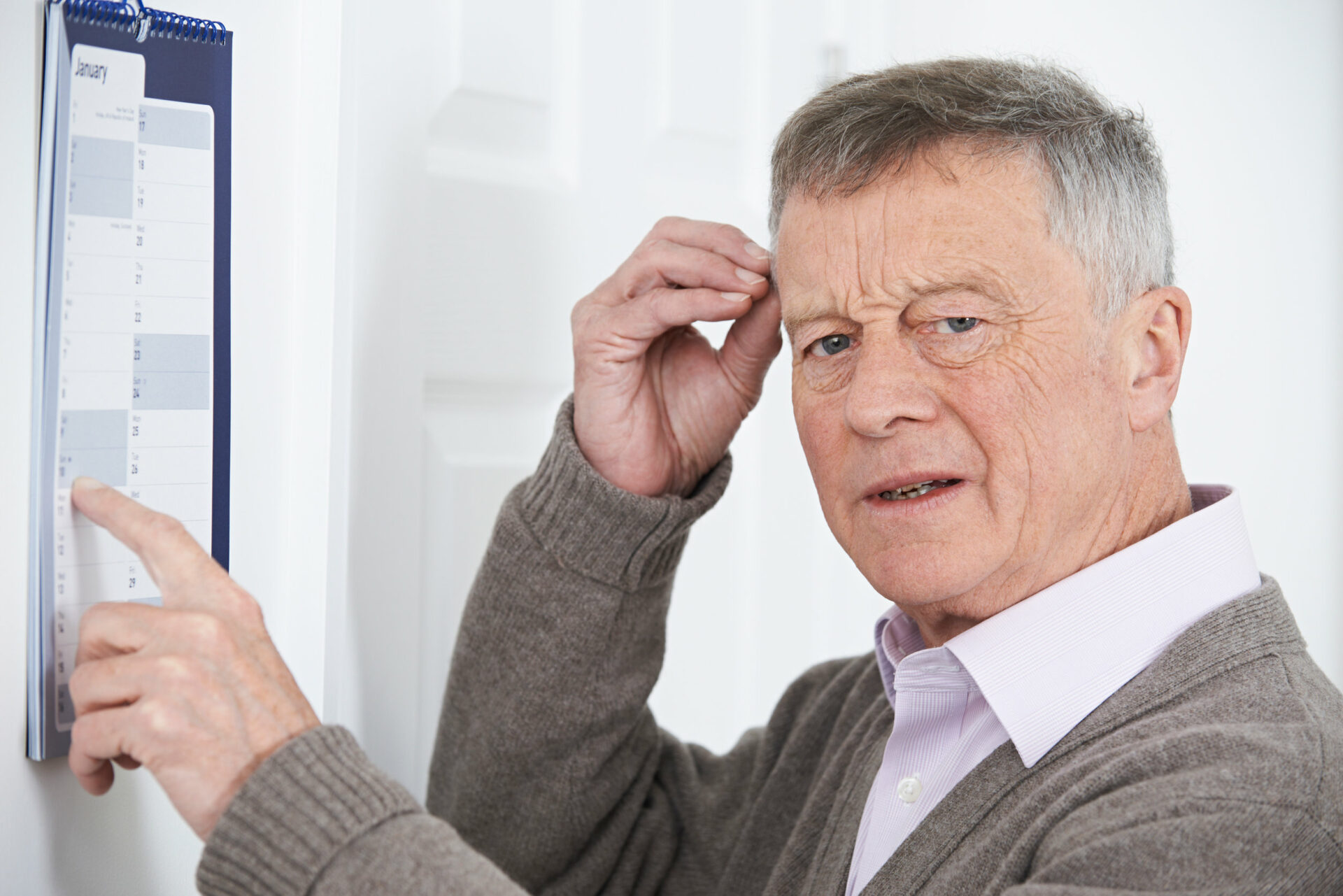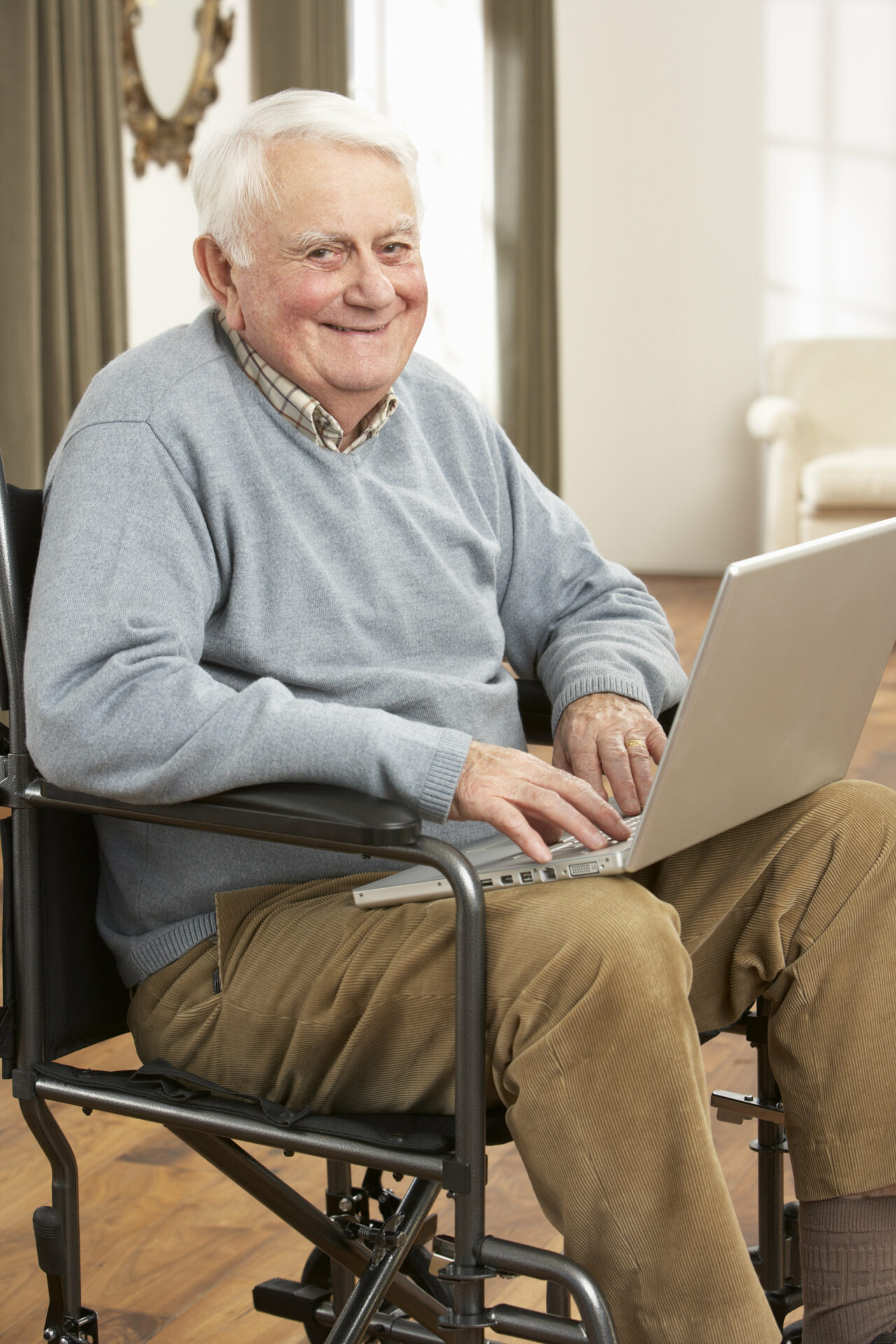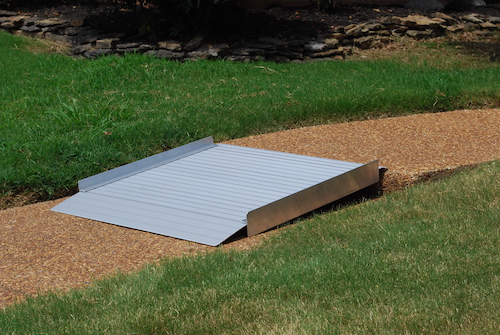Every 65 seconds, someone in the United States develops Alzheimer’s Disease. Currently, 200,000 Americans under 65 have early on-set Alzheimer’s disease. Every year on September 21, 2021, we commemorate World Alzheimer’s Day. We observe World Alzheimer’s day every year to bring awareness and educate people about this debilitating disease. By celebrating the day, it brings awareness to the disease, so we can highlight the issues that people with dementia are encountering. It is a chance for people to show how to overcome these issues while helping those with dementia.
What is Alzheimer’s Disease?
Alzheimer’s is a progressive brain disease that causes brain cells to degenerate and die. It is a type of dementia that causes problems with memory, thinking, and behavior that affects daily life. The cause of Alzheimer’s is unknown, and currently, there is no cure for it. It accounts for over 60% of dementia cases, and the numbers are steadily increasing.
Each year for World Alzheimer’s Day, there is a theme to help start discussions about the disease. This year the theme of the 2021 campaign is Know Dementia, Know Alzheimer’s, and it is all about the power of knowledge. The campaign goal is to shine a light on the warning signs of dementia and the importance of a timely diagnosis. In honor of this day, we have compiled a list of warning signs of dementia. If your loved one exhibits any of these signs, we urge you to quickly seek the attention of a medical professional to get a timely diagnosis. The signs are taken directly from the CDC website, and they are as follows:
What are the warning signs of Alzheimer’s Disease?
1. Memory loss that disrupts daily life: forgetting events, repeating yourself, or relying on more aids to help you remember (like sticky notes or reminders).
2. Challenges in planning or solving problems: having trouble paying bills or cooking recipes you have used for years.
3. Difficulty completing familiar tasks at home, at work, or at leisure: having problems cooking, driving places, using a cell phone, or shopping.
4. Confusion with time or place: having trouble understanding an event that is happening later or losing track of dates.
5. Trouble understanding visual images and spatial relations: having more difficulty balancing or judging distance, tripping over things at home, or spilling or dropping things more often.
6. Recent problems with words in speaking or writing: having trouble following or joining a conversation or struggling to find a word you are looking for (saying “that thing on your wrist that tells time “Instead of “watch”).
7. Misplacing objects and losing the ability to retrace steps: placing car keys in the washer or dryer or not being able to retrace steps to find something.
8. Decreased or poor judgment: being a fraud victim, not managing money well, paying less attention to hygiene, or having trouble taking care of a pet.
9. Withdrawal from work or social activities: not wanting to go to church or other activities as you usually do, not being able to follow football games or keep up with what is happening.
10. Changes in mood and personality: getting easily upset in ordinary situations or being fearful or suspicious.
If these warning signs are present for you or your loved one, we strongly encourage you to seek medical attention. By being able to identify the warning signs and learning more about the disease, you or your loved ones can reach out for help and get the support you need.





